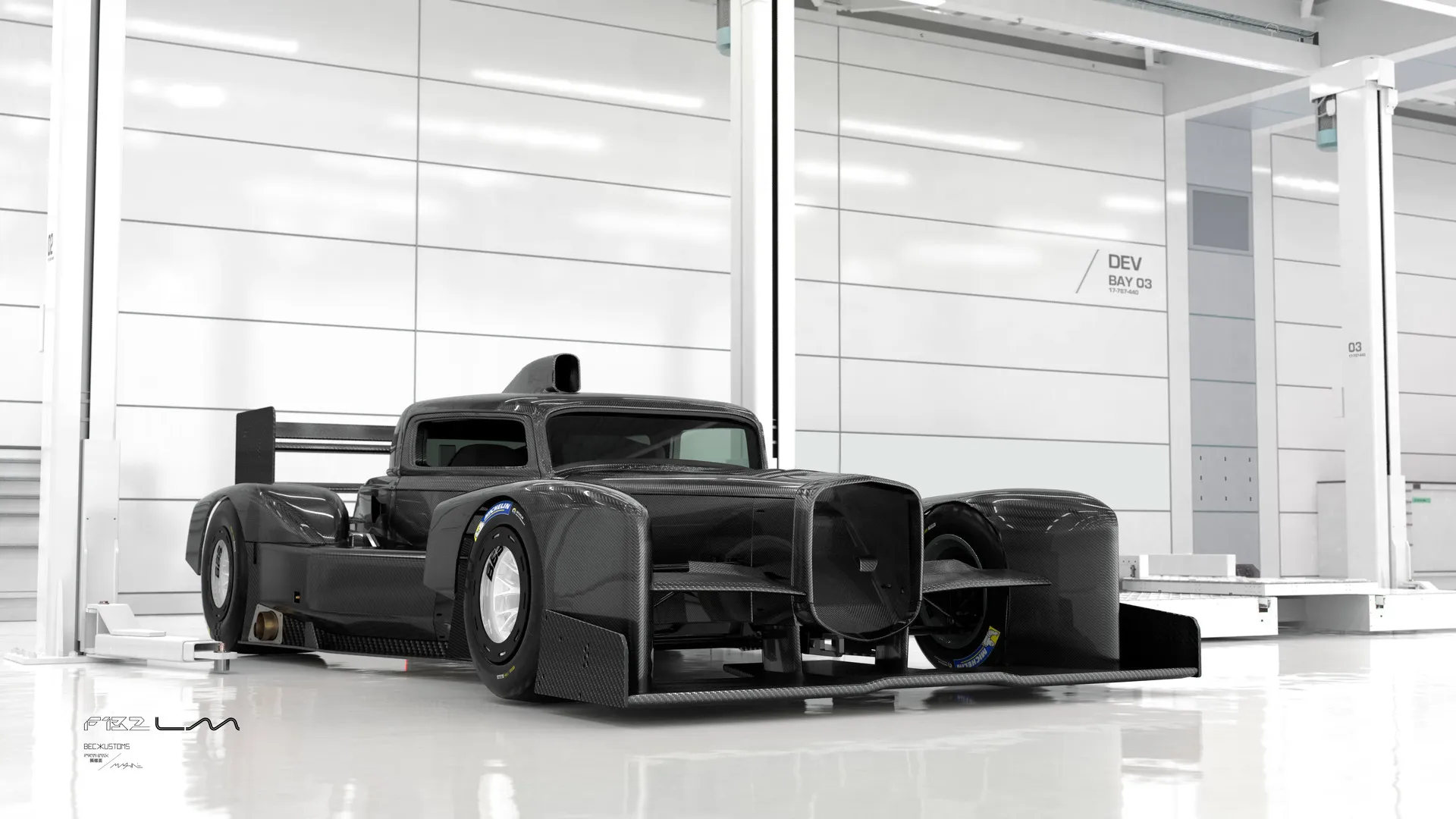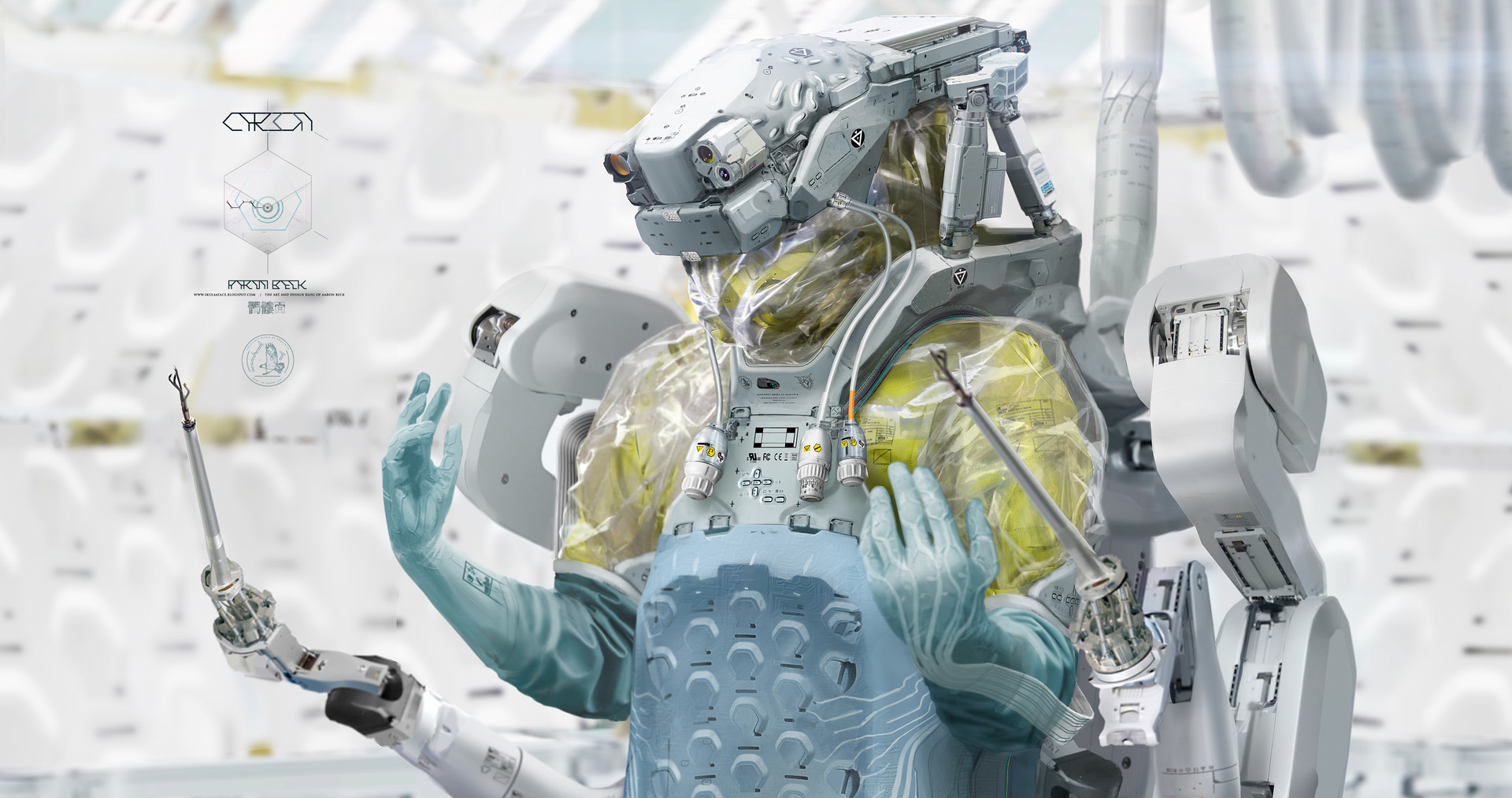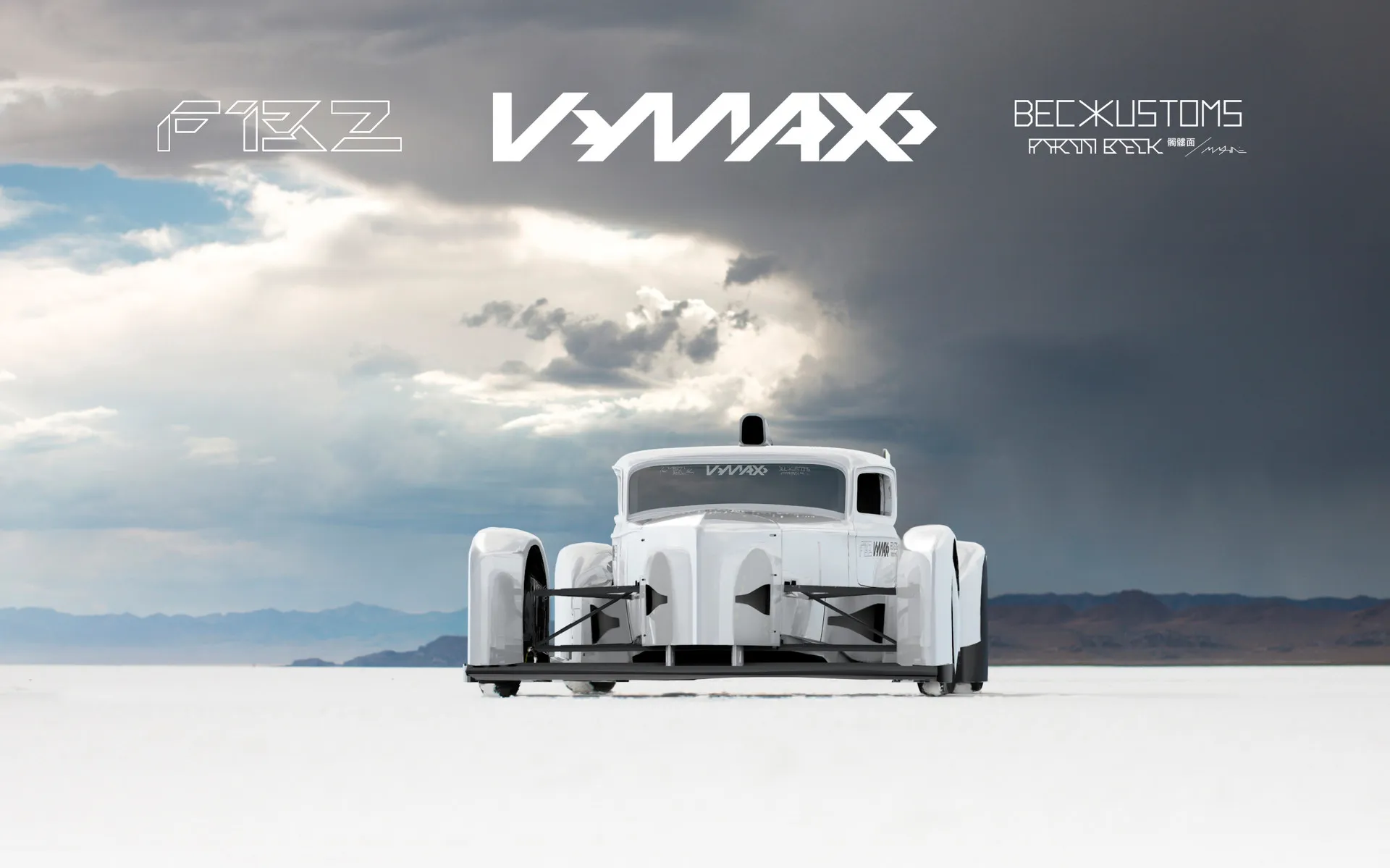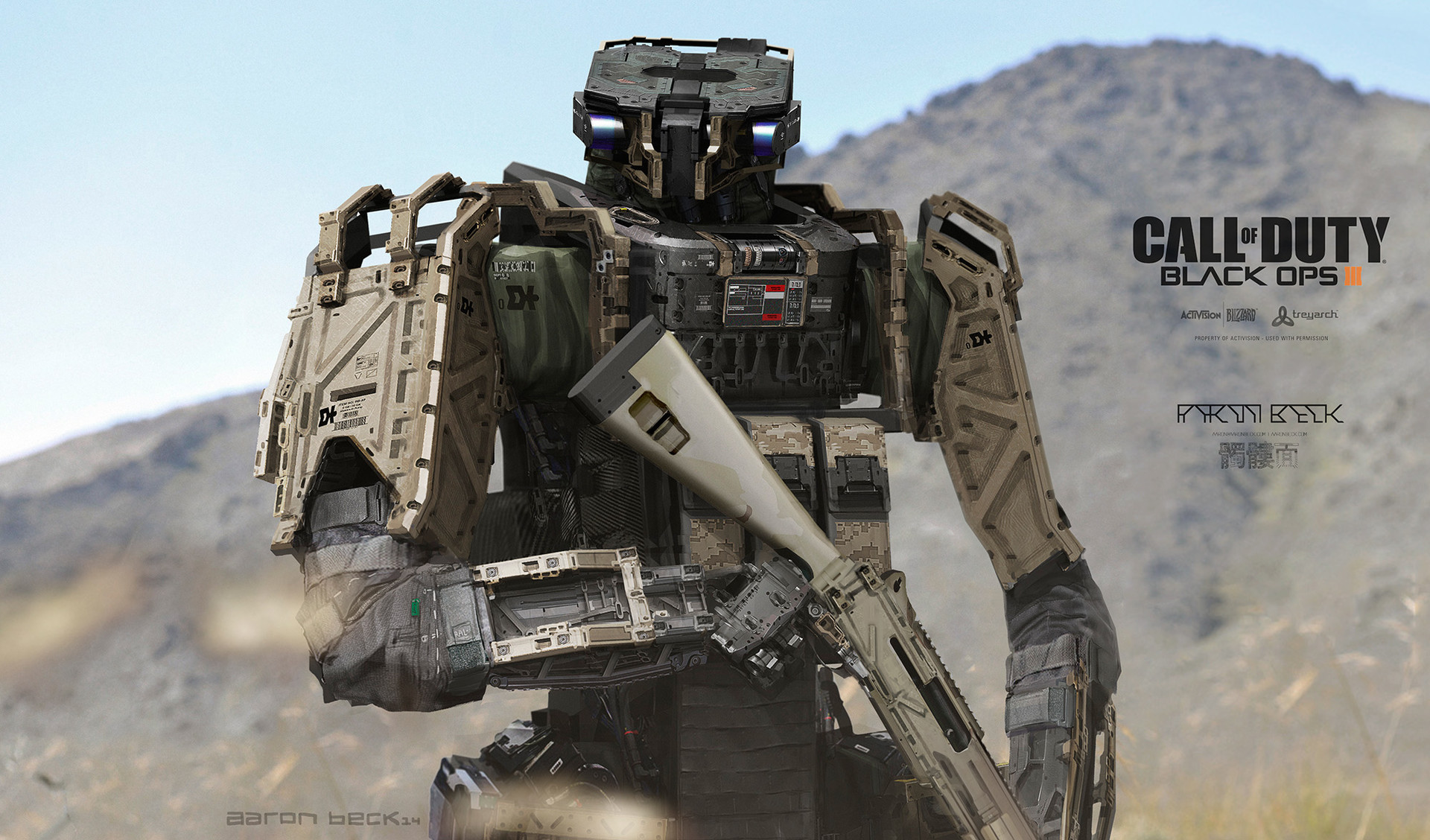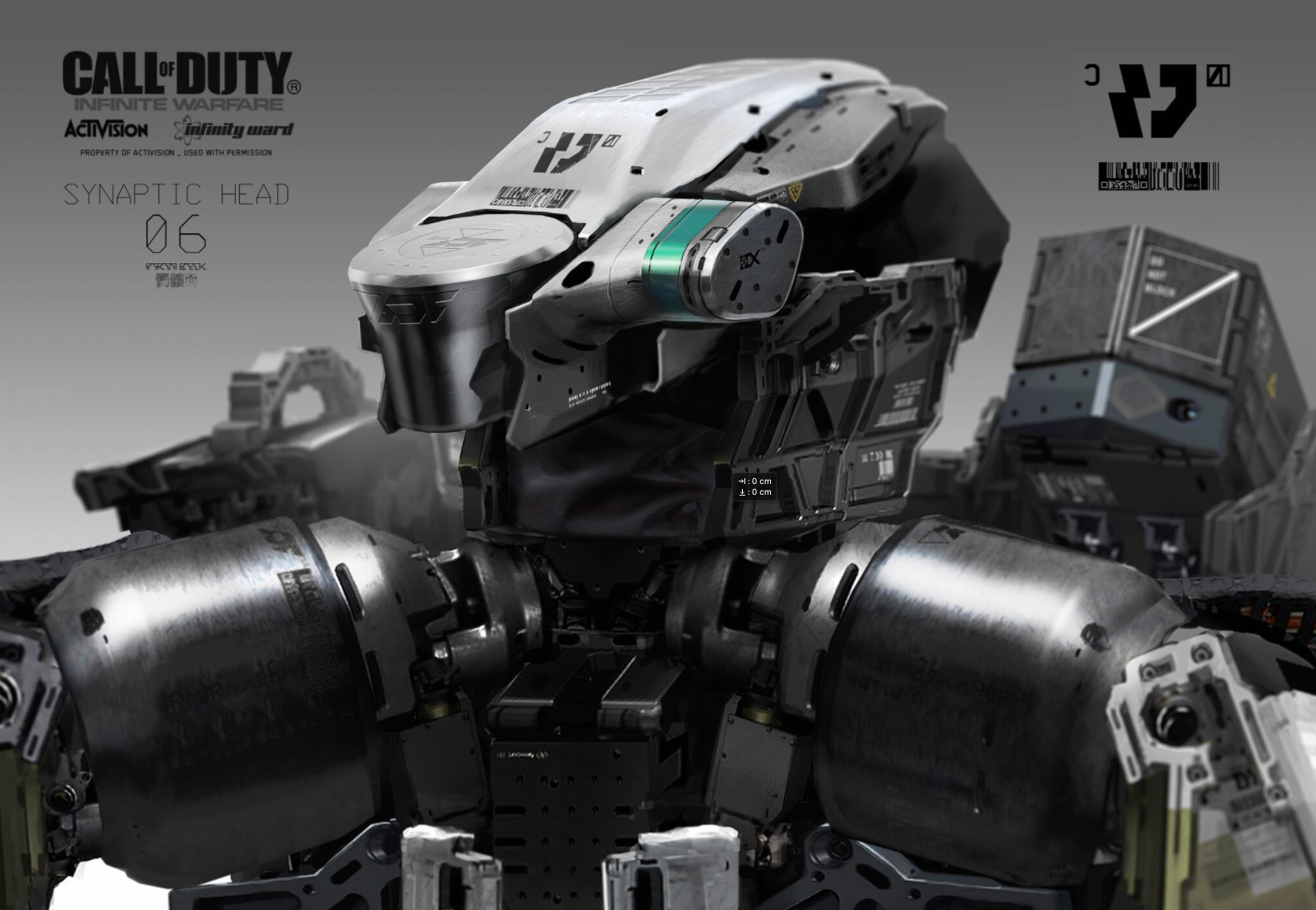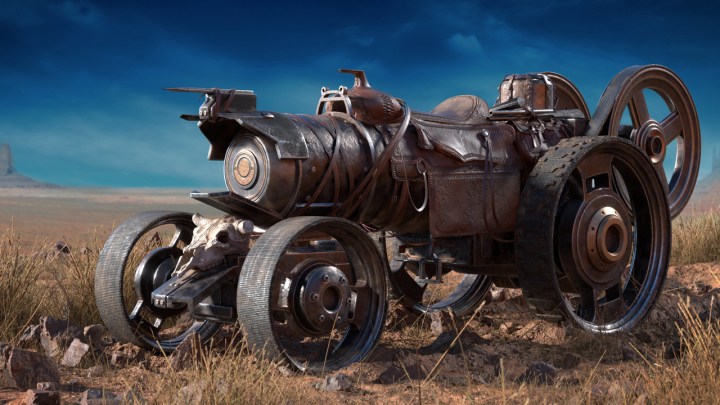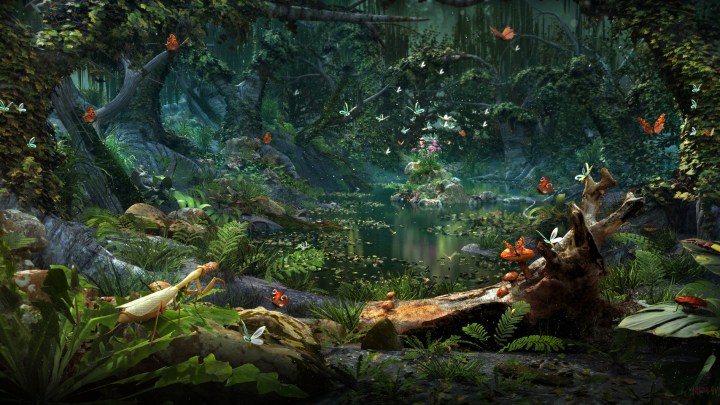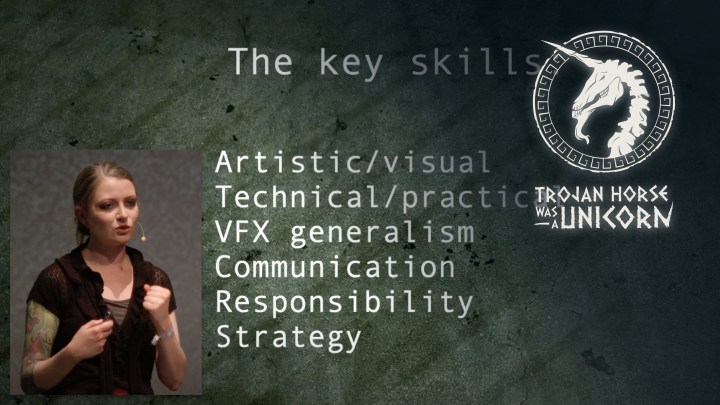ArtStation Masterclass Spotlight Interview: Aaron Beck
The ArtStation Masterclasses is an online learning event where you’ll have access to over 20 hours of lectures from amazing artists at the top of their field! With just a couple weeks left, have you registered yet?
If you play video games, you’ve probably seen some of this ArtStation Masterclass instructor’s iconic work. Aaron Beck is a New Zealand born Conceptual Designer known for his unique work in the film and video game industries. Most recently, he has been working on projects with Activision and Infinity Ward as a Principal Artist on Call of Duty: Infinite Warfare. In his free time Aaron enjoys many hobbies, including an active life in the vibrant car scene in Los Angeles, working on his 1973 Plymouth Barracuda car project, photography, Brazilian jiu jitsu, and many personal art and design projects.
Masterclass – Military Robotics Design
This class will show a working process from rough sketches and discussion on the ideas behind them, through to a final illustration, detailing the techniques of photo manipulation and digital painting used to create the finished product.
Tell us about one of your personal projects you’ve been working on.
One favourite recent project has been developing a new variation on an older vehicle design of mine, the F132.
The new version is a more wild and involved design, and I’ve greatly enjoyed building it up in 3D, learning new skills in modelling, texturing, and rendering. It’s super rewarding to see your work reach a new level of realism and detail, and inspires you to continue learning and growing as an artist.
The design itself is just a development of a favourite design project of mine, where I took the imitable style and gangster aesthetic of a classic 1932 Ford hotrod body, and mixed it with the aero of 90s and 2000s era Formula 1. The two had very similar overall forms in many ways and ended up working together surprisingly well! This new variation, the F132LM, incorporates the aero of modern LeMans prototype race cars and I tried to add as much real world race car detail where appropriate to help take the concept to a new level. It’s been a lot of fun, and I like how it’s a little bit sci fi too.
You have a ton of hobbies. How do some of these inspire your work?
The world and universe around us is endlessly fascinating, and learning and discovering new skills, knowledge, and passions is one of life’s great joys. I find all the various things I do eventually find their way into my work, as they are all driven by the same interest in how things work and the fun you can have with that information. I love the idea of cross pollination, where seemingly unconnected concepts or elements find a new home in another realm of interest, which can lead to fresh ideas and unique design solutions. Whether it’s learning to TIG weld stainless steel or taking a close up portrait of a jumping spider, I’ve found having varied interests and lots of hobbies fuels the informed imagination and helps expand the scope of your art.
Tell us about one of your most valuable learning experiences.
When I first began working in the film industry as a concept designer ,I was so driven and focused on the specific work I was tasked with that it initially came as a disappointment to have so many carefully thought out ideas and concepts ignored or rejected in favour of what seemed like simplistic or run-of-the-mill solutions. It wasn’t until I saw the finished film that a true perspective on the huge scope of a major film hit home, and the ultra focused ideas I was initially married to were obvious as major overkill or unnecessary in the greater scheme of things. While it is of course valuable to give your all in pursuit of powerful solutions to design tasks, it helps to have some perspective on how they will ultimately fit with the needs of the project as a whole, so you don’t go overkill and burn yourself out going too deep where it doesn’t benefit yourself or the project.
What do you think is one of the difficulties beginners struggle most with in robotics design?
Robotics design by nature can be complex and daunting, and it is often a struggle to find your own voice and creative style while still creating a design that feels like it is believable, especially if key elements of mechanics and engineering functionality aren’t something you have much prior experience with. It can be easy to copy the mechanical solutions of other designs but that can end up making your work too derivative if too much of the style of the source design is translated into your work. Becoming familiar with how different mechanical joints work and studying simple engineering concepts will help inform your designs, freeing you up and allowing you to add more of your own unique style to the design as a whole.
Find out more about ArtStation MasterClasses.
Follow Aaron on ArtStation.
